Next in our itinerary was the 15 m. (49.21 ft.) high Tugu Negara (National Monument), the world’s tallest bronze freestanding sculpture group, located near the Malaysian Houses of Parliament. It commemorates those who died in Malaysia’s struggle for freedom, from the Japanese occupation during World War II till the Malayan Emergency (1948-1960).
The 48,562 sq. m. monument complex, facing the Lake Gardens, encompasses 5 main components: the National Monument, fountains, pavilions, a war memorial and surrounding gardens. The sculpture reminds me of the Iwo Jima Memorial and its similarity doesn’t end there as both were done by Austrian sculptor Felix de Weldon.
The National Monument was completed and officially opened on February 8, 1966. The monument depicts a 7 soldiers from the Malaysian Armed Forces, one holding the Jalur Gemilang, the Malaysian national flag, aloft while the others are supporting their fallen comrades. Each of the bronze figures symbolizes leadership, suffering, unity, vigilance, strength, courage and sacrifice.
Its granite base bears the old coat-of-arms of Malaysia, flanked on either side by inscriptions in English (with Roman script) and Malay (with Jawi script). Near the National Monument is a cenotaph, the original national monument. Beside the National Monument are the ASEAN Gardens (has a collection of prize-winning sculptures by some of the finest artists in the ASEAN region) and the Memorial Tun Razak, which houses memorabilia of the late Tun Abdul Razak Hussein, Malaysia’s second Prime Minister.

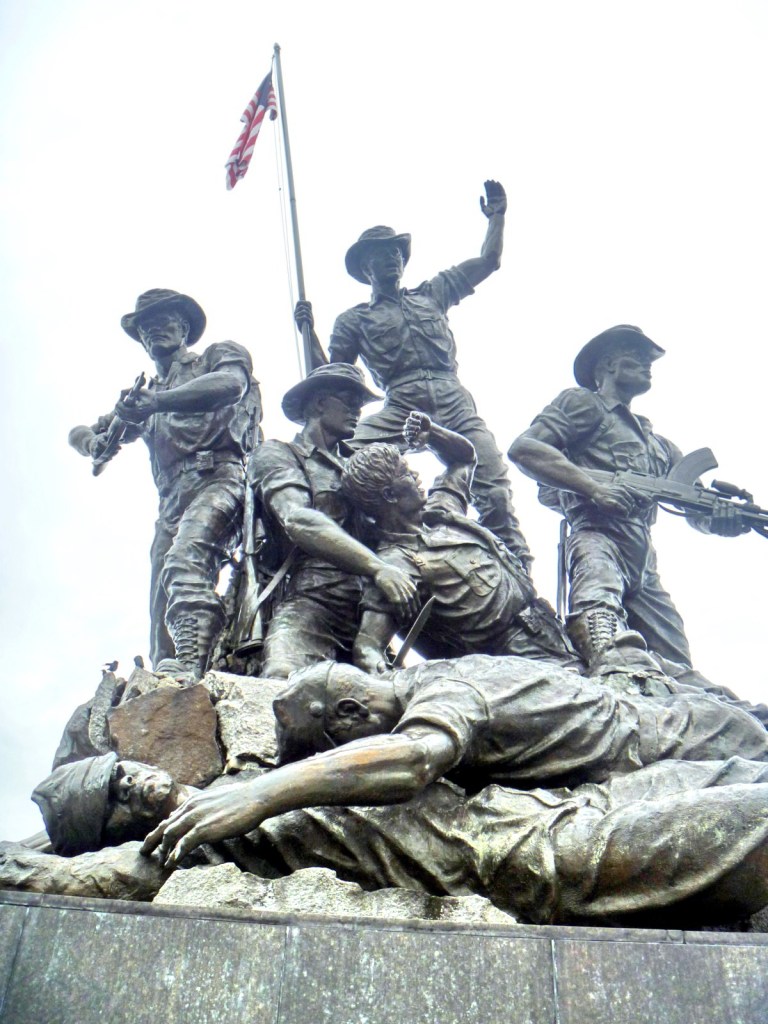
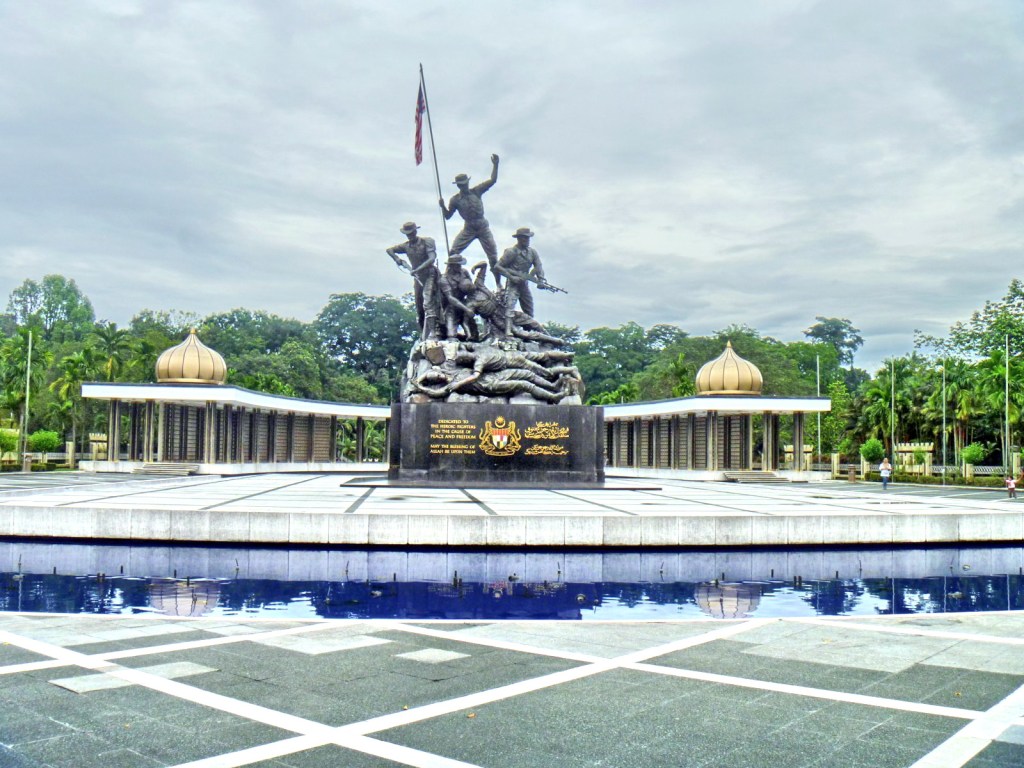
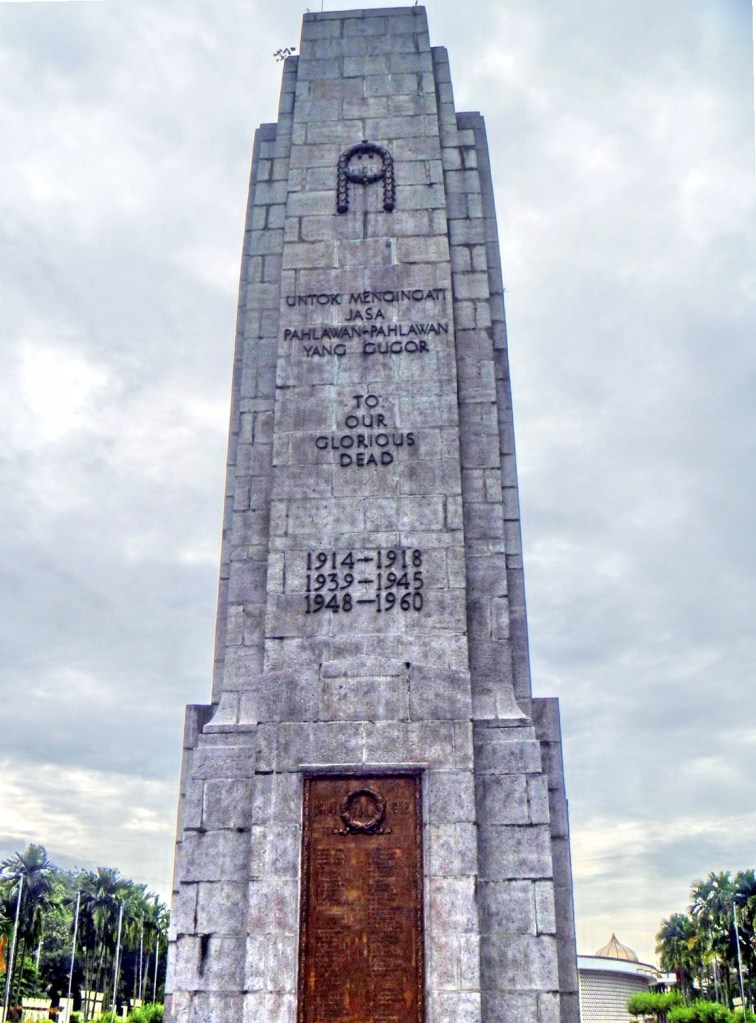

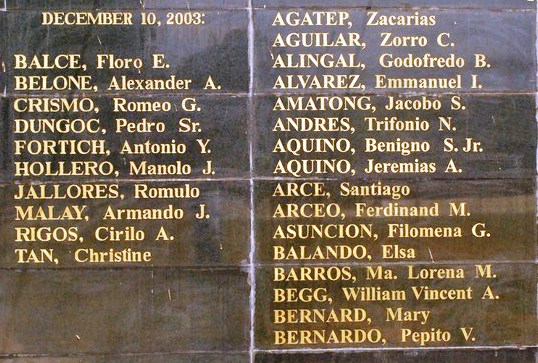
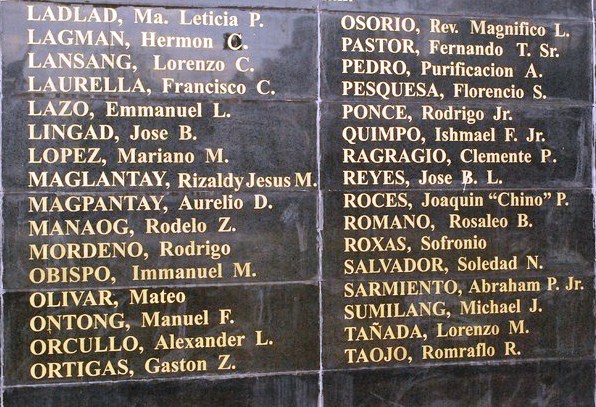
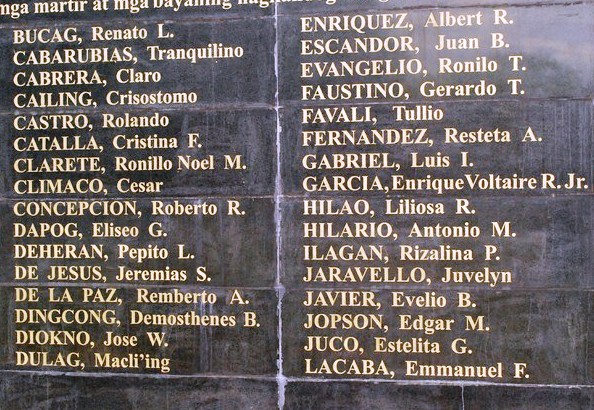
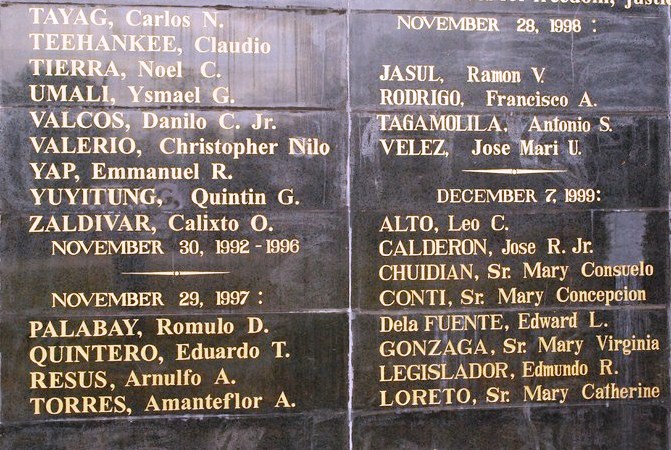
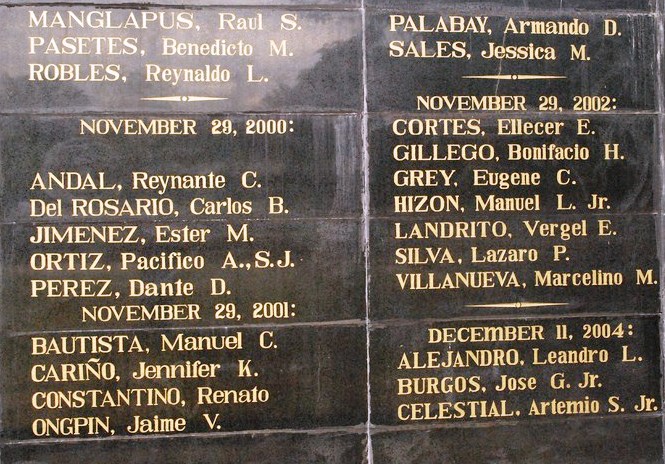
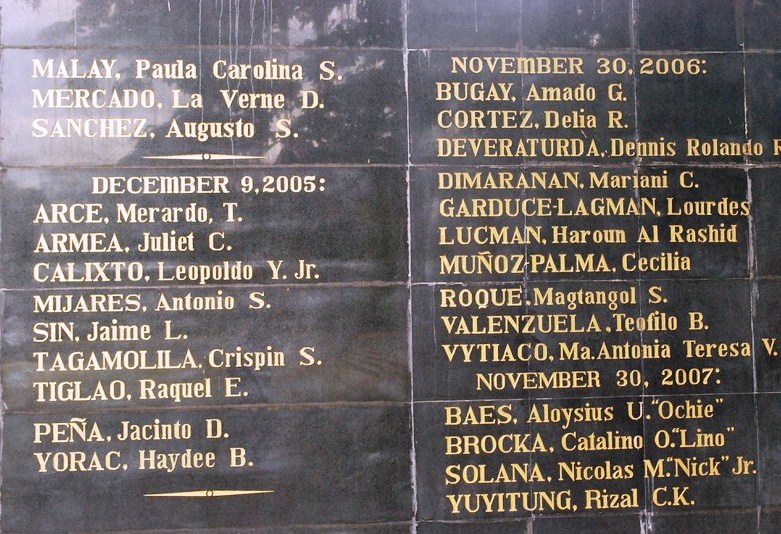
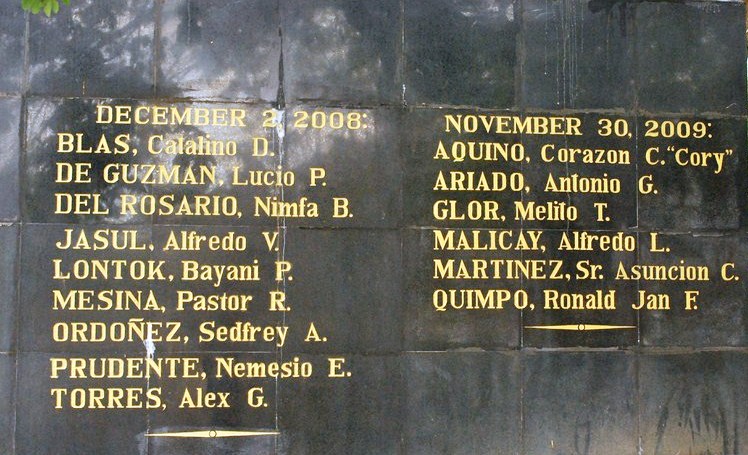

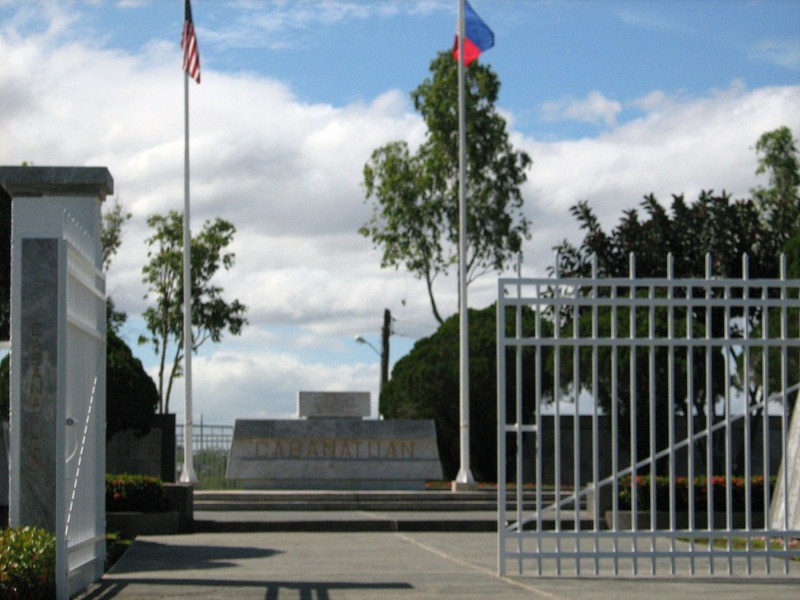
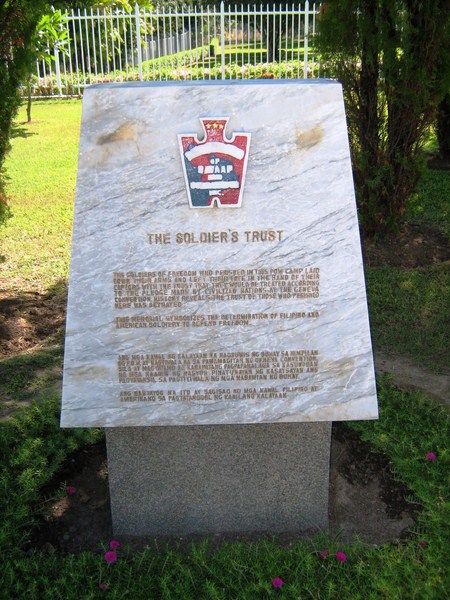
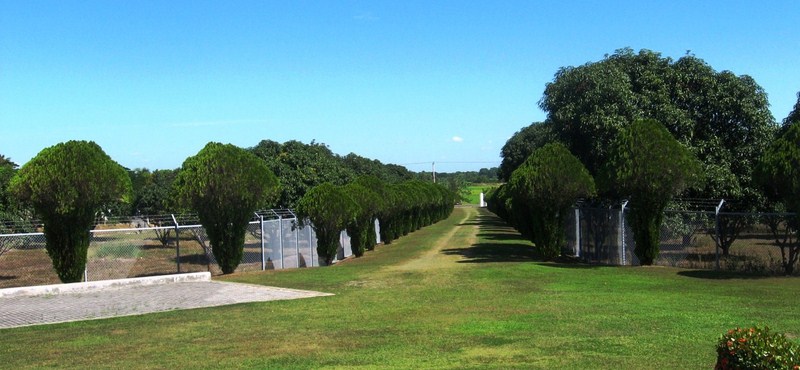
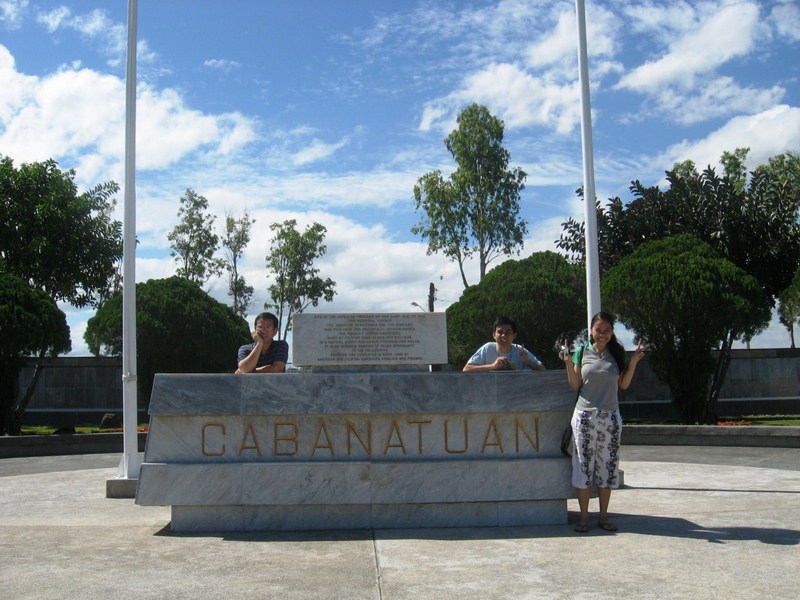
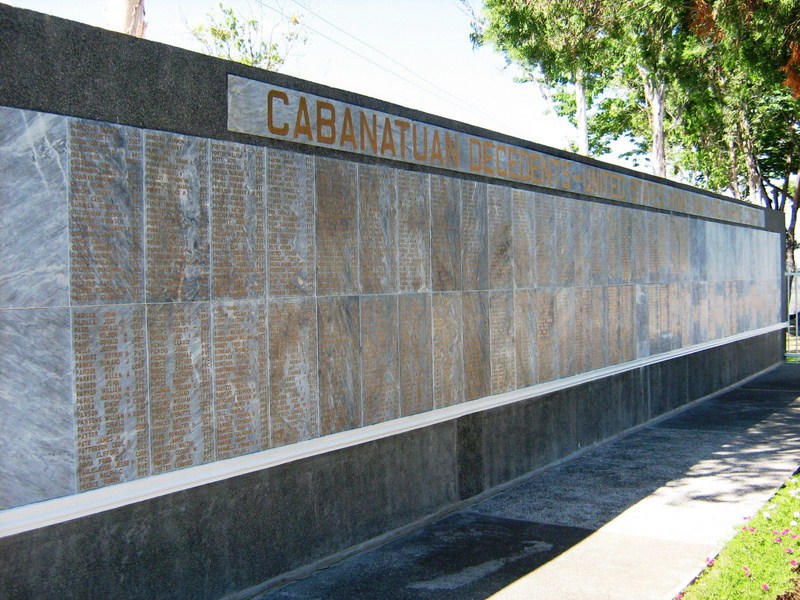
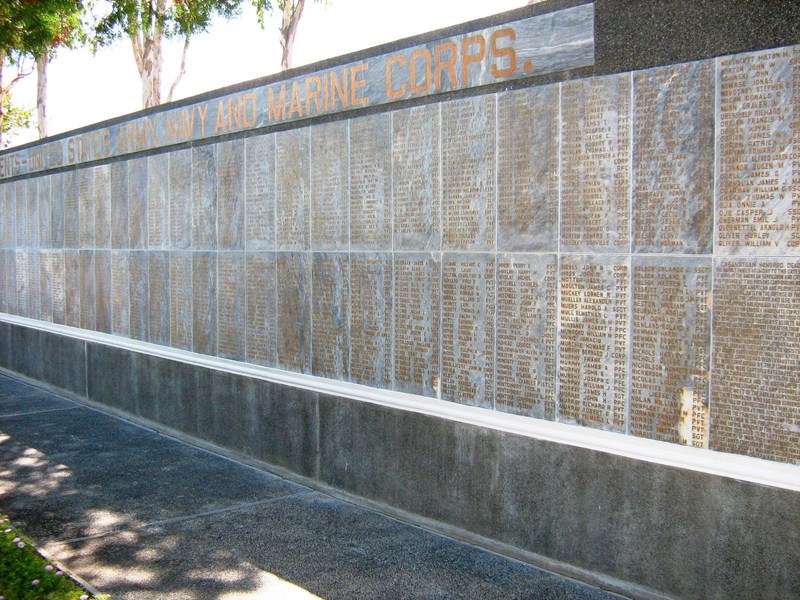
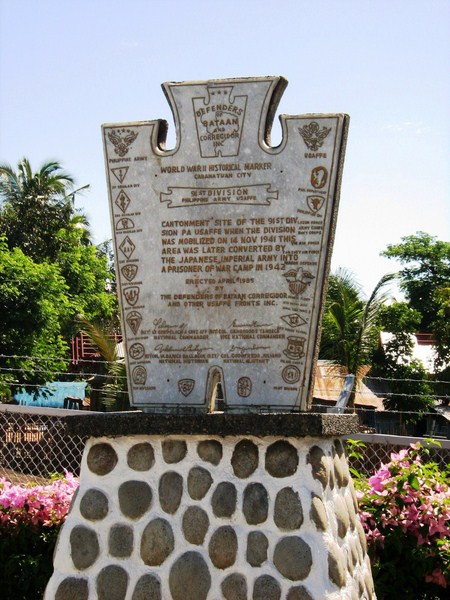



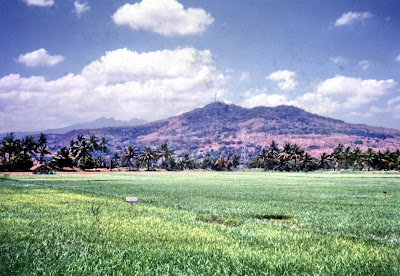








.jpg)